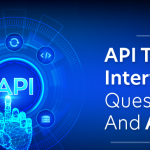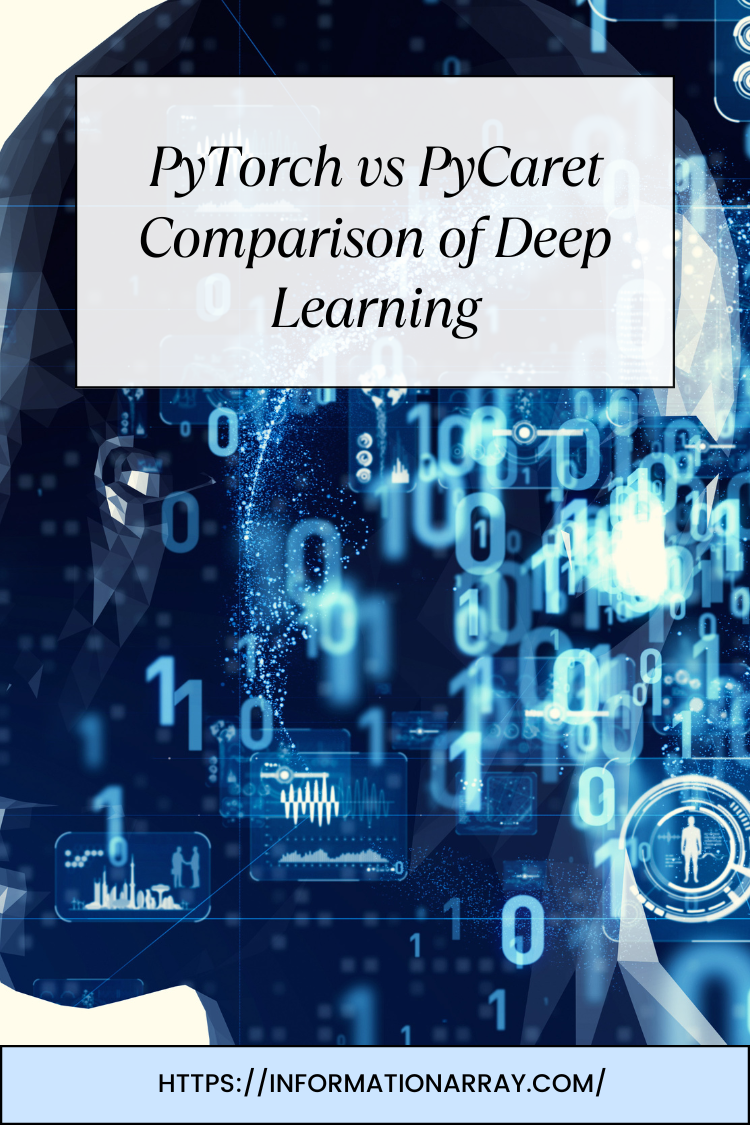Object detection has become a cornerstone of modern computer vision, enabling machines to identify and locate objects within images and videos. The integration of deep learning has significantly advanced this field, allowing for more accurate and efficient detection systems. This comprehensive guide explores the fundamentals of object detection with deep learning, including its techniques, applications, and challenges. We’ll also address common questions to provide a well-rounded understanding of this dynamic technology.
What is Object Detection?
Object detection is a computer vision task that involves identifying objects within an image or video and determining their locations. Unlike image classification, which labels an entire image, object detection provides precise bounding boxes around each object and classifies them accordingly.
Importance of Object Detection
- Enhanced Automation:
- Object detection automates the process of identifying and tracking objects, leading to increased efficiency in various applications, from autonomous vehicles to surveillance systems.
- Improved Accuracy:
- Advanced object detection models can achieve high accuracy in detecting and classifying objects, even in complex and cluttered environments.
- Real-Time Processing:
- Deep learning techniques enable real-time object detection, which is crucial for applications requiring immediate feedback, such as video surveillance and robotics.
- Broad Applications:
- Object detection has diverse applications, including facial recognition, medical imaging, retail analytics, and more.
Key Techniques in Deep Learning-Based Object Detection
- Convolutional Neural Networks (CNNs):
- CNNs are the backbone of most object detection models. They use convolutional layers to automatically learn and extract features from images. Notable CNN architectures include AlexNet, VGGNet, and ResNet.
- Region-Based CNNs (R-CNNs):
- R-CNN: Proposed by Ross Girshick, R-CNN generates region proposals using selective search and then classifies each region using a CNN.
- Fast R-CNN: An improvement over R-CNN, Fast R-CNN processes the entire image with a CNN and then extracts features for each region proposal, resulting in faster detection.
- Faster R-CNN: Introduces the Region Proposal Network (RPN) to generate region proposals more efficiently, improving the speed and accuracy of the detection process.
- Single Shot Detectors (SSDs):
- SSDs detect objects in a single pass through the network by generating predictions for multiple bounding boxes and classes at different feature scales. This approach improves speed while maintaining accuracy.
- You Only Look Once (YOLO):
- YOLO divides the image into a grid and predicts bounding boxes and class probabilities for each grid cell. YOLO is known for its speed and efficiency, making it suitable for real-time applications.
- Region-Based Fully Convolutional Networks (R-FCN):
- R-FCN improves upon Faster R-CNN by using position-sensitive score maps to achieve high detection accuracy and efficiency.
- Transformer-Based Models:
- DETR (Detection Transformer): DETR uses transformers for object detection, treating object detection as a direct set prediction problem. This approach simplifies the detection pipeline and improves performance.
Applications of Object Detection
- Autonomous Vehicles:
- Object detection enables self-driving cars to identify and track pedestrians, vehicles, traffic signs, and other road elements, enhancing safety and navigation.
- Surveillance and Security:
- In surveillance systems, object detection helps monitor and identify individuals, vehicles, and suspicious activities, improving security and response times.
- Medical Imaging:
- Object detection assists in identifying abnormalities and lesions in medical images, such as X-rays, MRIs, and CT scans, aiding in diagnosis and treatment planning.
- Retail and Inventory Management:
- Object detection is used in retail to track inventory levels, monitor customer behavior, and optimize store layouts.
- Augmented Reality (AR):
- In AR applications, object detection enhances user experiences by accurately detecting and overlaying virtual objects onto real-world scenes.
Challenges in Object Detection
- Scalability:
- Handling large datasets and high-resolution images can be computationally intensive and require significant resources.
- Accuracy vs. Speed:
- Balancing detection accuracy with processing speed is challenging, especially for real-time applications. Techniques like YOLO and SSD aim to address this trade-off.
- Object Variability:
- Variations in object appearance, lighting conditions, and occlusions can impact detection performance. Robust models need to handle these variations effectively.
- Annotation Quality:
- High-quality annotations are crucial for training accurate object detection models. Inaccurate or inconsistent annotations can lead to poor performance.
- Generalization:
- Models trained on specific datasets may struggle to generalize to new or unseen scenarios. Transfer learning and domain adaptation techniques can help mitigate this issue.
Best Practices for Implementing Object Detection
- Dataset Preparation:
- Use diverse and well-annotated datasets to train models effectively. Augment data to improve generalization and handle variations in object appearance.
- Model Selection:
- Choose an appropriate model based on the application requirements. Consider factors such as accuracy, speed, and computational resources.
- Hyperparameter Tuning:
- Optimize model hyperparameters, such as learning rate, batch size, and anchor box sizes, to improve performance.
- Evaluation Metrics:
- Use metrics like Intersection over Union (IoU), precision, recall, and mean Average Precision (mAP) to evaluate model performance and ensure it meets the application needs.
- Continuous Improvement:
- Monitor model performance in real-world scenarios and update it with new data to address emerging challenges and improve accuracy.
FAQs
Q1: What is the difference between object detection and image classification?
- A1: Object detection identifies and locates objects within an image, providing bounding boxes and class labels. Image classification, on the other hand, assigns a single label to the entire image without specifying object locations.
Q2: How do YOLO and SSD compare in terms of speed and accuracy?
- A2: YOLO is known for its speed and real-time capabilities, while SSD strikes a balance between speed and accuracy. YOLO tends to be faster but may have slightly lower accuracy compared to SSD.
Q3: What are the main advantages of using transformer-based models like DETR for object detection?
- A3: Transformer-based models like DETR simplify the detection pipeline by treating it as a direct set prediction problem, which can improve performance and make it easier to handle complex scenes.
Q4: How can I handle occlusions and overlapping objects in object detection?
- A4: Handling occlusions and overlapping objects requires robust models and techniques, such as multi-scale detection and context-aware methods. Data augmentation and improved annotation practices also help.
Q5: What are some popular datasets for training object detection models?
- A5: Popular datasets include COCO (Common Objects in Context), Pascal VOC (Visual Object Classes), and ImageNet. These datasets provide a diverse range of images and annotations for various object detection tasks.
Q6: How do I choose the right object detection model for my application?
- A6: Consider the application’s requirements, such as real-time performance, accuracy, and computational resources. Evaluate models like YOLO, SSD, and Faster R-CNN based on these criteria.
Q7: What is the role of data augmentation in object detection?
- A7: Data augmentation enhances the diversity of training data by applying transformations such as rotation, scaling, and cropping. This helps improve model generalization and robustness.
Q8: How can transfer learning be used to improve object detection?
- A8: Transfer learning involves using a pre-trained model on a similar task and fine-tuning it with new data. This approach can improve performance and reduce training time, especially with limited data.
Q9: What are some common evaluation metrics for object detection?
- A9: Common evaluation metrics include Intersection over Union (IoU), precision, recall, and mean Average Precision (mAP). These metrics assess the accuracy and effectiveness of object detection models.
Q10: Can object detection models be deployed on mobile devices?
- A10: Yes, object detection models can be deployed on mobile devices using techniques such as model compression, quantization, and optimization for mobile platforms. This enables real-time detection on mobile applications.
Conclusion
Object detection with deep learning has revolutionized computer vision, providing powerful tools for identifying and locating objects in images and videos. By understanding and leveraging various techniques and models, such as CNNs, YOLO, and transformer-based approaches, organizations can achieve accurate and efficient detection systems. Despite challenges such as scalability and accuracy, advancements in deep learning continue to drive innovation and enhance the capabilities of object detection technologies.










